Lembeh Aquatic Love Life Quiz
Our favourite critters like to ‘Keep Lembeh Weird’ in their reproductive strategies too.
Find out how much you know about the racy side of critter diving in Lembeh Strait with this quiz!
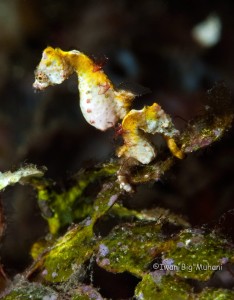 1. Male-female seahorse pair bonding includes a daily ritual where they change colour, pirouette and twirl around together.
1. Male-female seahorse pair bonding includes a daily ritual where they change colour, pirouette and twirl around together.
a) True
b) False
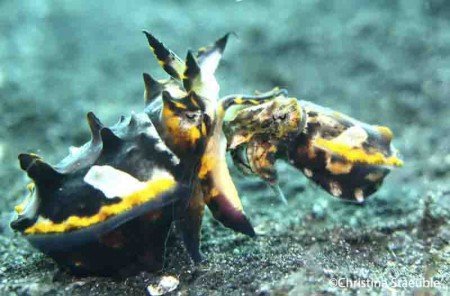 2. The male flamboyant cuttlefish is _____ the female flamboyant cuttlefish.
2. The male flamboyant cuttlefish is _____ the female flamboyant cuttlefish.
a) bigger than
b) smaller than
c) approximately the same size as
d) it varies – there is no consistency in size according to gender
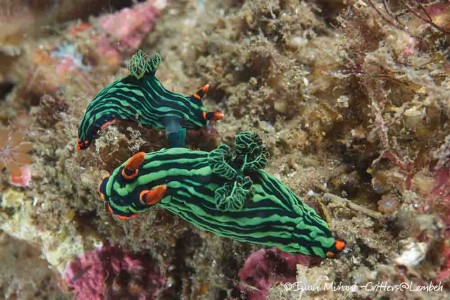 3. How do nudibranchs hook up?
3. How do nudibranchs hook up?
a) The male looks for a female and impresses her with his colourful appearance
b) The female looks for a male and dazzles him with her gaudy appearance
c) Both male and female look for each other and have equally fabulous looks
d) There is no male or female nudibranch – they are all hermaphrodites
4. How do flatworms reproduce?
a) They emerge at night to find each other when it’s safer because there are fewer predators then
b) There is no male and female; the two individuals each try to penetrate the other with its penis, and the one that succeeds first, impregnates the other
c) They must be careful not to mate with an imposter such as a nudibranch
d) All of the above
5. All species of octopus die relatively soon after reproducing.
a) True
b) False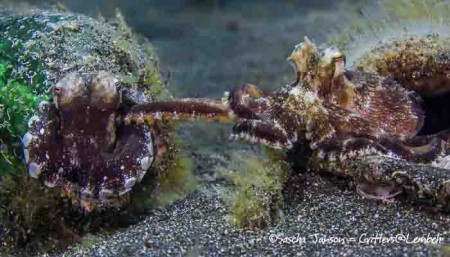 6. Why do some species of male octopuses impregnate the female from a distance?
6. Why do some species of male octopuses impregnate the female from a distance?
a) Because sperm transfer is quicker and more effective when the male’s hectocotylus (sperm-bearing) arm is extended in a straight line
b) Because boy octopuses have the ‘cooties’
c) Because she might eat him
d) It’s complicated
7. How do giant mantis shrimp (Lysiosquillina maculata) males find a mate?
a) Sense of smell / pheromones – the females release a chemical odour when they are ready to mate
b) Females are the primary hunters for this species, so she cleverly leaves a tempting trail of tasty prey for him to follow, and it eventually leads to her
c) In a yearly migration where thousands of them gather in one place
d) The female rubs her legs together like a cricket and ‘calls’ for a male
8. The male mandarin fish is _____ the female mandarin fish.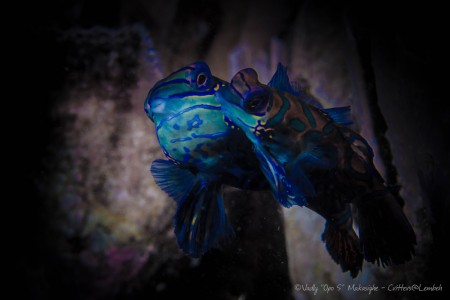
a) bigger than
b) smaller than
c) approximately the same size as
d) it varies – there is no consistency in size according to gender
9. How often do mandarin fishes mate?
a) Every day at dusk
b) At dusk but only when it’s full moon
c) Dusk, at full moon and new moon when currents are strongest so that their eggs have a greater chance of dispersal
d) There is no predictable pattern – they are crazy like that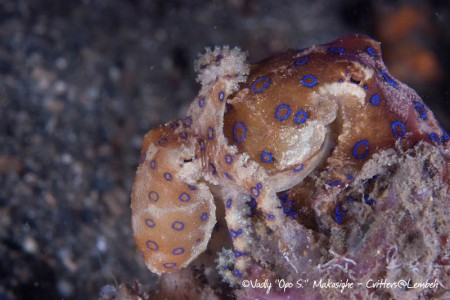 10. In blue-ring octopus reproduction:
10. In blue-ring octopus reproduction:
a) The male and female are approximately the same size and they mate at a safe distance, with the male only extending his hectocotylus (sperm-bearing) arm to the female
b) The female is smaller than the male and often latches onto his back
c) The male is smaller than the female and often latches onto her back
d) None of the above
Answers: 1a 2b 3d 4b 5b 6c 7d 8a 9a 10c
Want More? (Information we mean, get your mind out of the gutter!)
Check out these notes and links:
- Source: http://seahorse.fisheries.ubc.ca/why-seahorses/biology
- http://voices.nationalgeographic.com/2013/02/14/wild-romance-weird-animal-courtship-and-mating-rituals/
- (most octopus die after reproduction but there is at least one species of octopus, the Larger Pacific Striped Octopus, that live after reproduction and can lay eggs multiple times during their lifespan. Source: http://blogs.scientificamerican.com/octopus-chronicles/2013/02/27/rare-social-octopuses-break-all-the-mating-rules-video/)
- http://blogs.scientificamerican.com/octopus-chronicles/2014/07/22/female-octopus-strangles-mate-then-eats-him/
- Source: Dr. Mark Erdmann, marine biologist
- You can see mandarin fish mating at dusk at several dive sites close to Lembeh Resort – don’t miss the spectacular Mandarin Dive when you visit
Article By Lauren Siba (Dive Center Manager)



